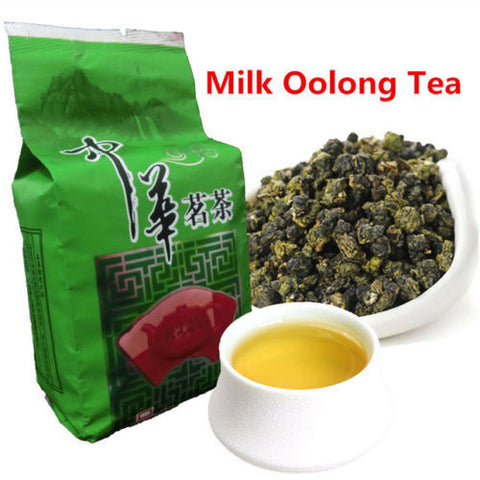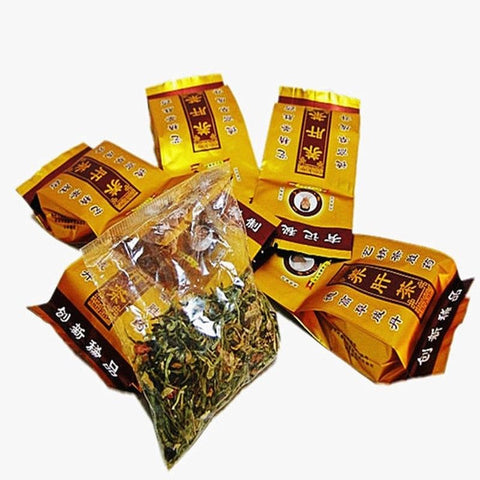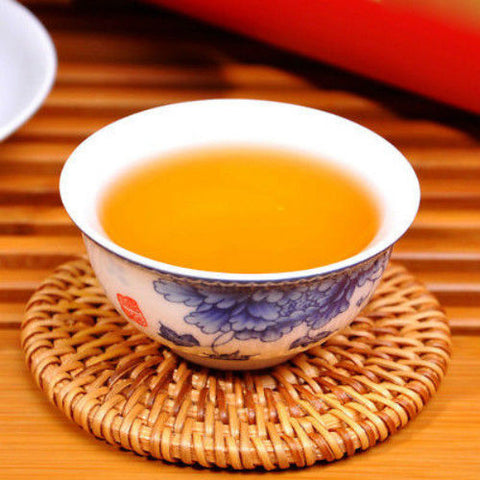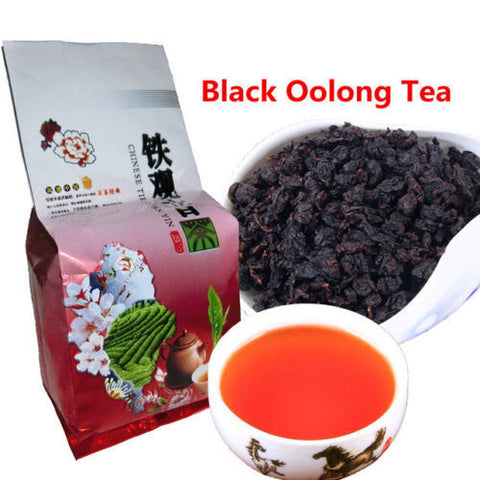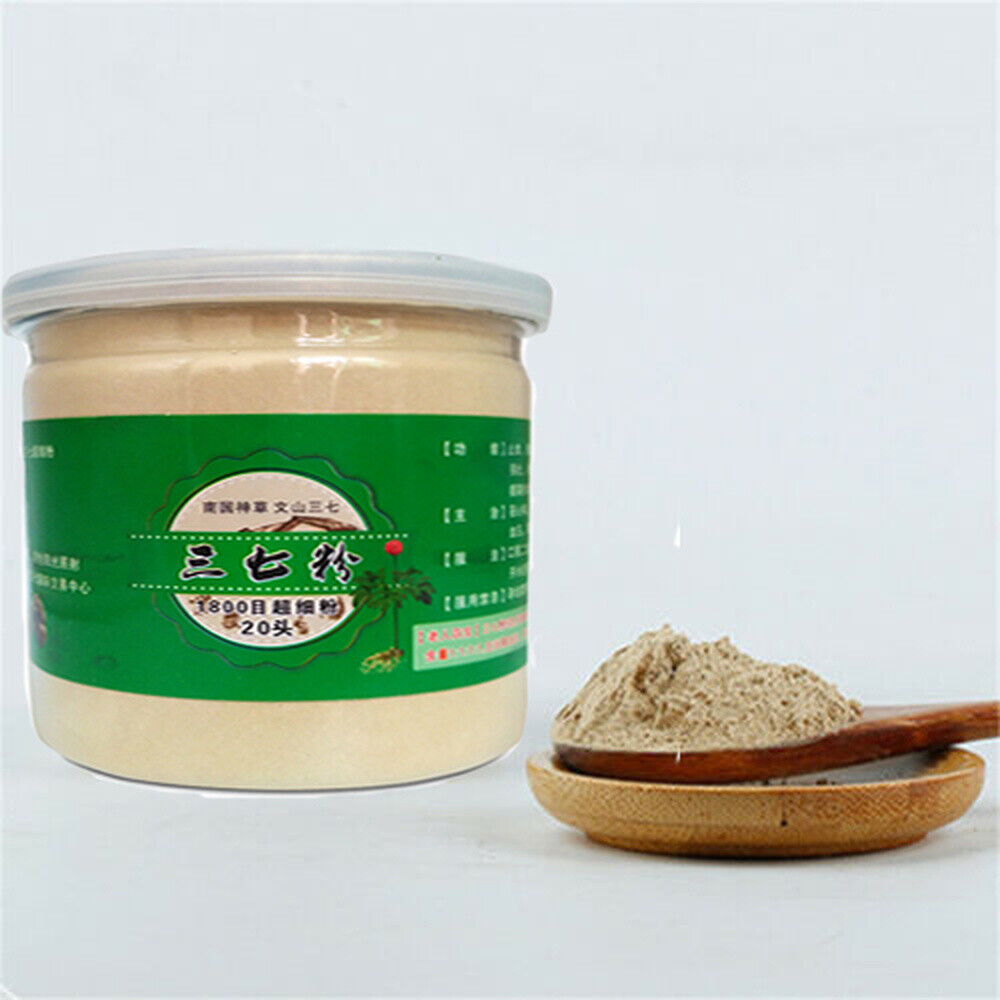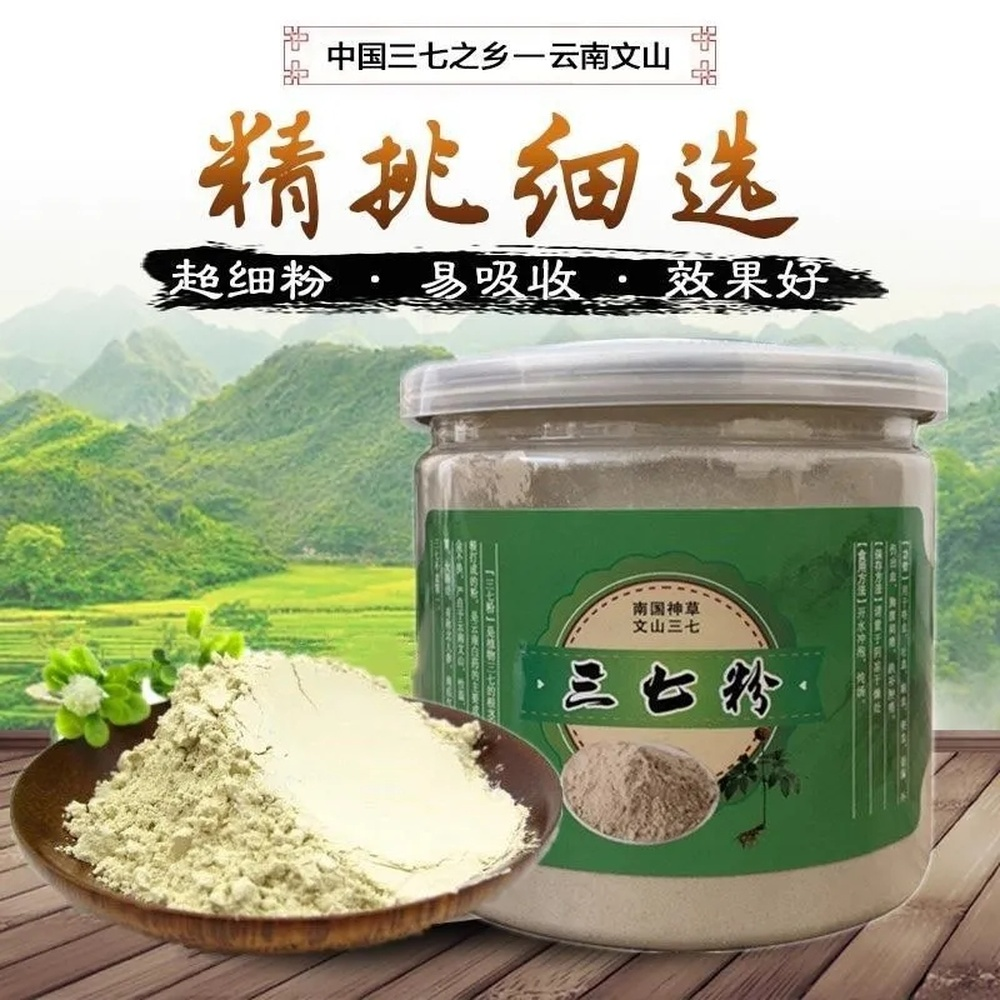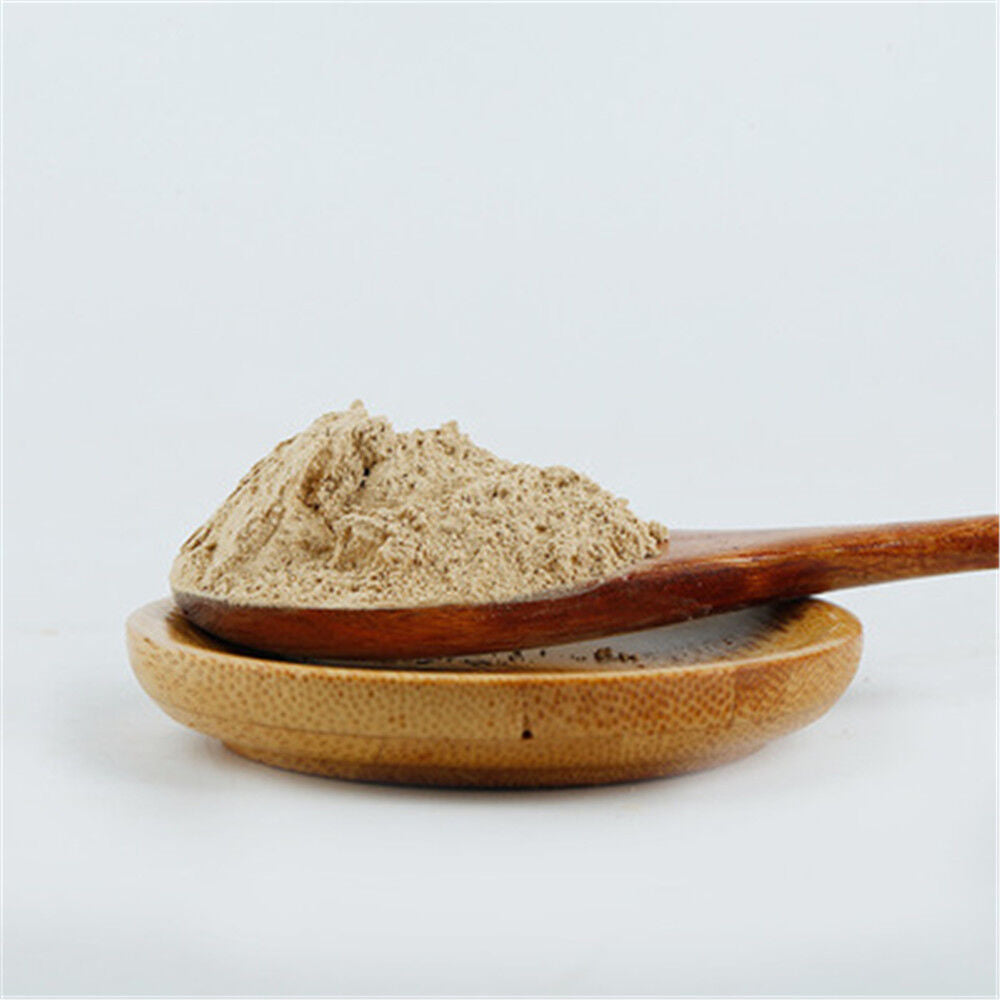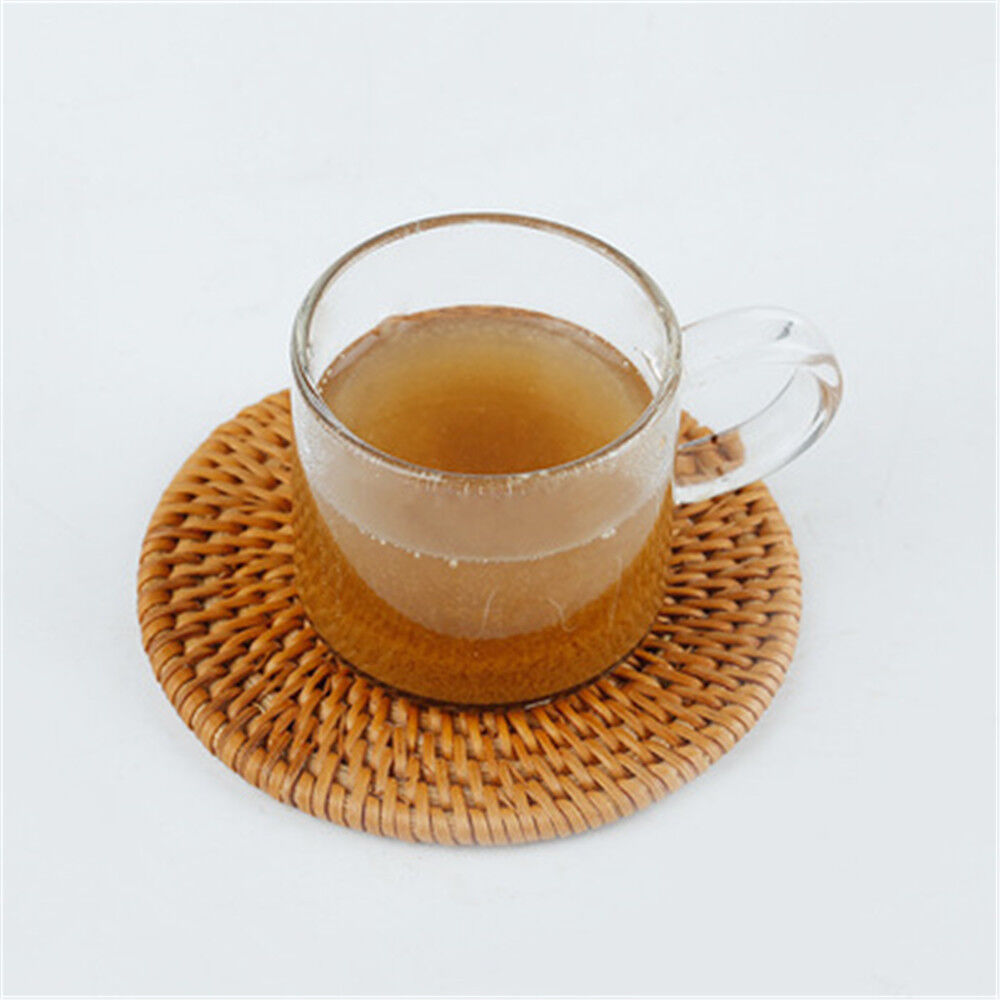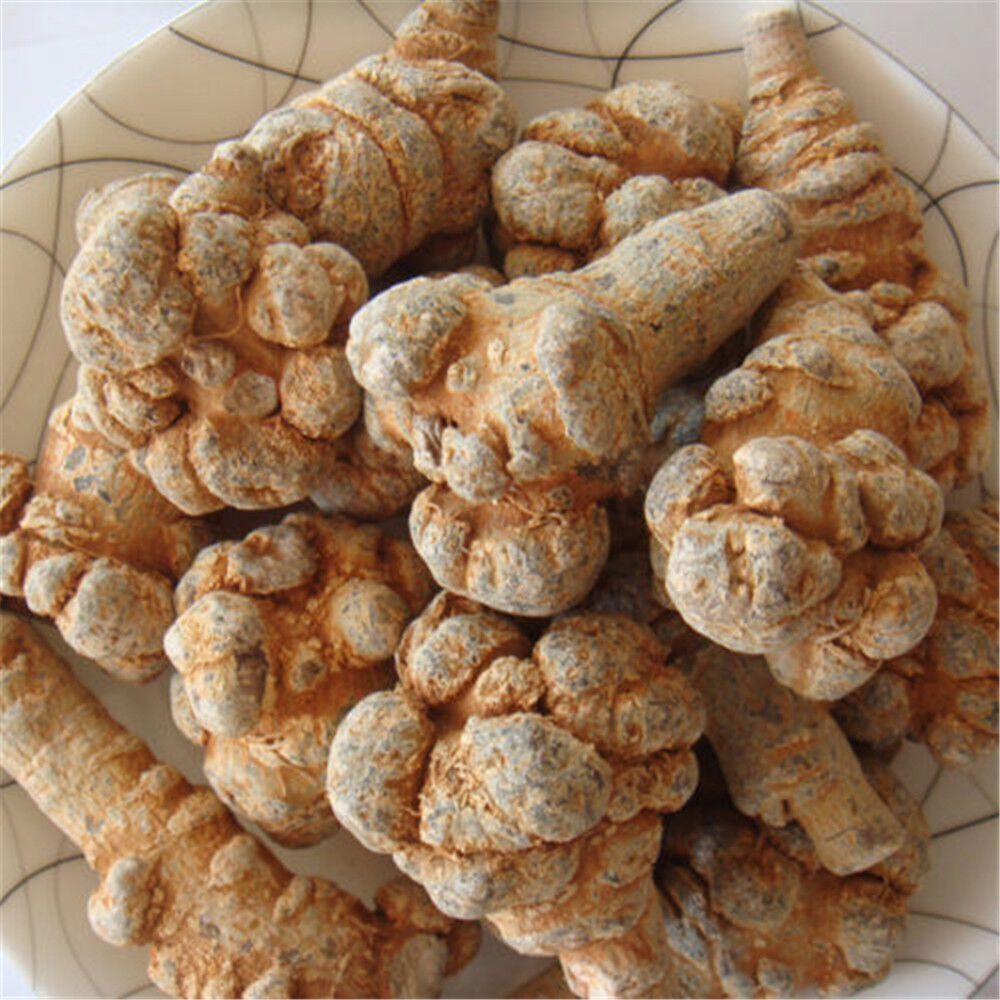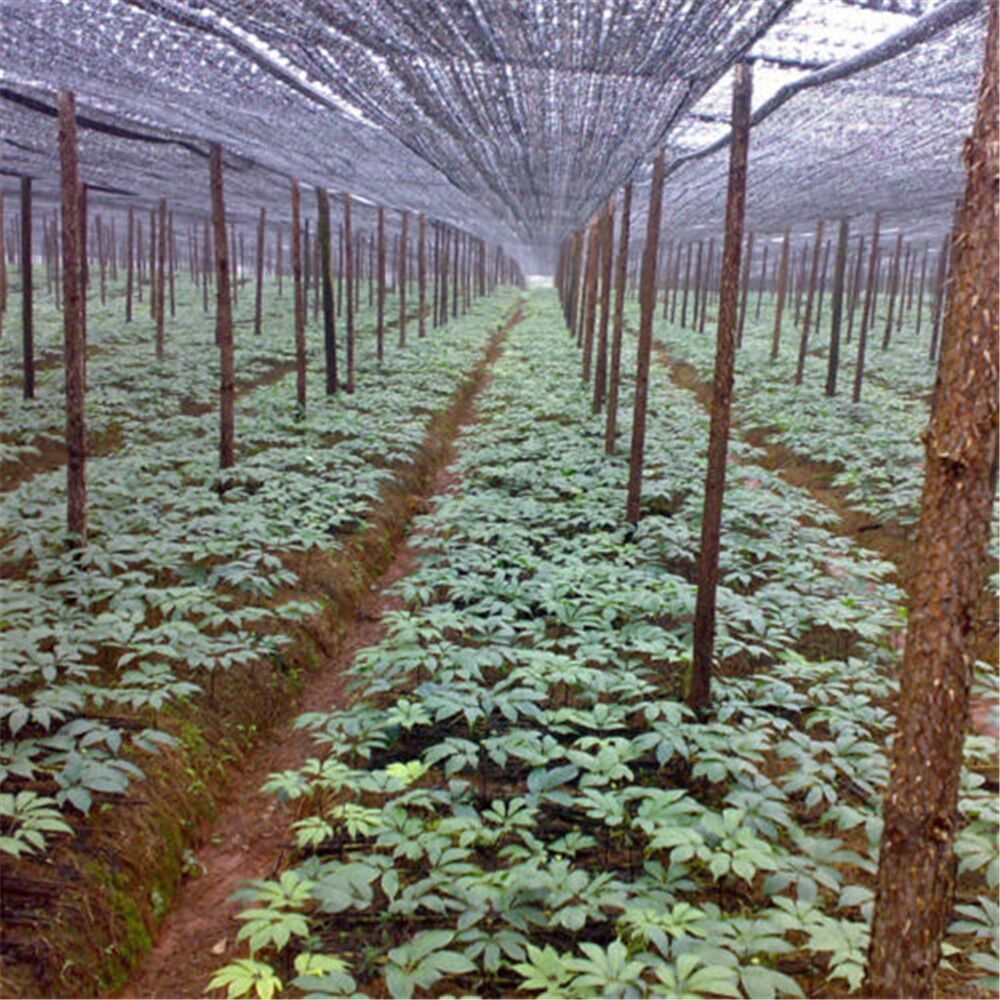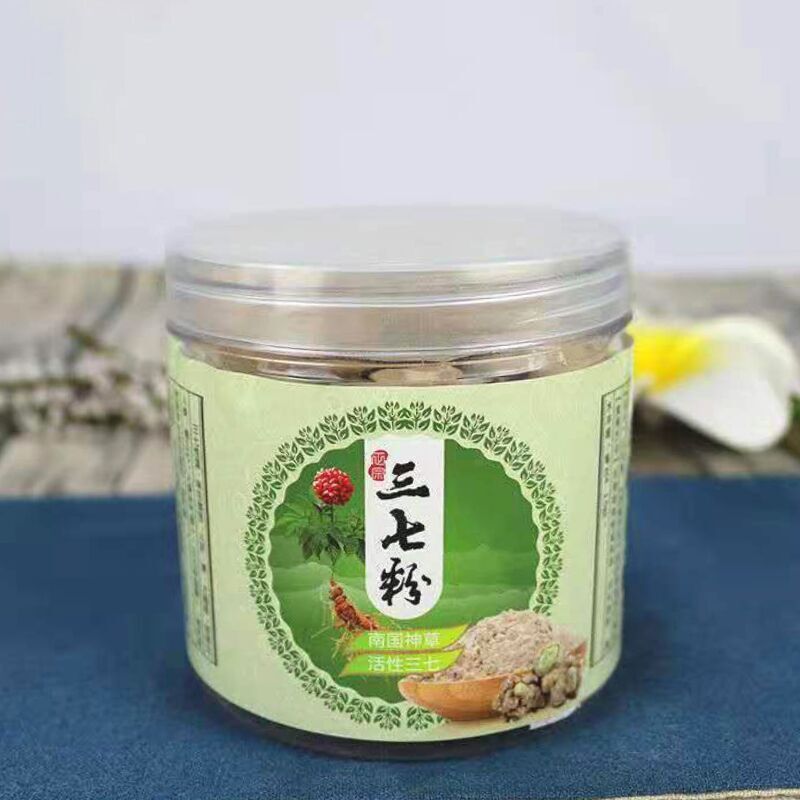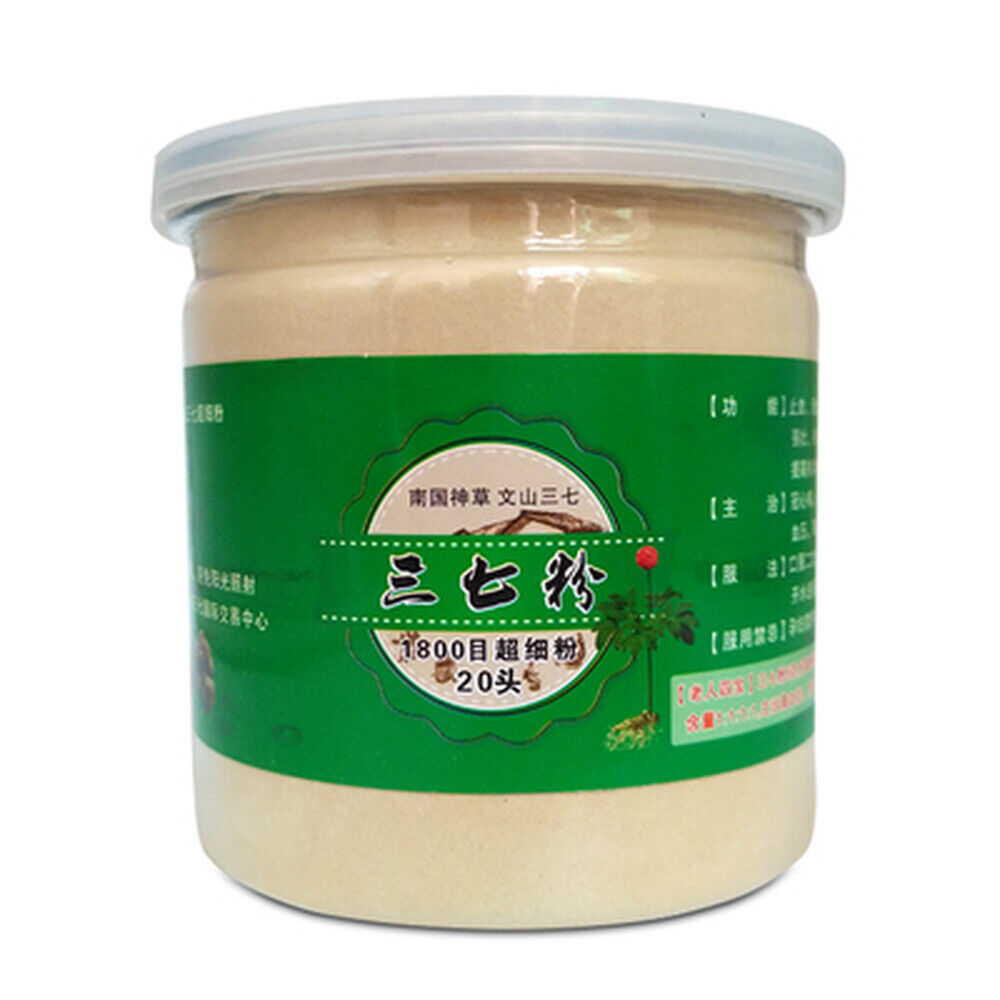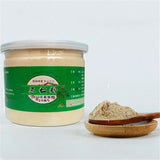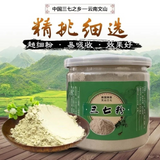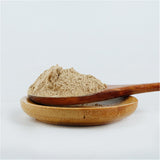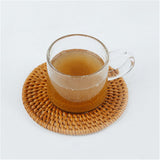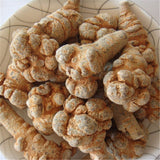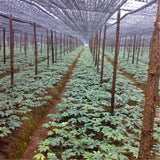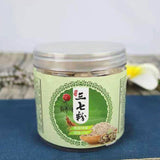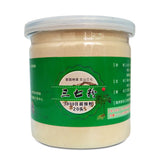100g High quality Notoginseng Sanqi Powder Organic Sanchi Tienchi Ginseng Root
|
100g Organic High quality Notoginseng Sanqi Powder Sanchi Tienchi Ginseng Root
Description: Panax notoginseng is a species of the genus Panax, and it is most commonly referred to in English as notoginseng. In Chinese it is called tiánqī, tienchi ginseng, sānqī or sanchi, three-seven root, and mountain paint. Notoginseng belongs to the same scientific genus as Asian ginseng. In Latin, the word panax means "cure-all", and the family of ginseng plants is one of the best-known herbs. Notoginseng grows naturally in China and Japan. The herb is a perennial with dark green leaves branching from a stem with a red cluster of berries in the middle. It is both cultivated and gathered from wild forests, with wild plants being the most valuable. The Chinese refer to it as "three-seven root" because the plant has three branches with seven leaves each. It is also said that the root should be harvested between three and seven years after planting it.
As a native produce to Yunnan and Guangxi provinces, it is one of the earliest edible plants. Since ancient times it has been recognized as one of the best herbs to promote blood circulation to remove blood stasis, reduce inflammation, and relieve pain. Thanks for that amazing healing properties, it enjoys a high reputation and people used to call it “more precious than gold” and “miraculous grass from Southland.” It is more than just a hemostatic herb. As a matter of fact, it also generates and invigorates blood. Today it becomes one of favorite tonic. Ben Cao Gang Mu Shi Yi, a famous medical work written in Qing Dynasty, had ever given a good review on this herb, “Panax ginseng is the No.1 pick on tonifying Qi while Panax notoginseng is the second-to-none choice on enriching the blood. Because of the same flavor and healing properties, it is thus called Tienchi ginseng, which is the most precious one in all Chinese herbs.” It is widely used for a range of different diseases, such as upper gastrointestinal bleeding, hyphema, cerebral thrombosis, hyperlipidemia, sequelae of concussion, prostatic hypertrophy, bed sores, severe hepatitis, coronary heart disease, lung disease, keloids, postoperative adhesions, hemorrhoids, and more.
Brewing Guide: Taken in powder form, 1~1.5g each time and one or twice daily. Swallowing directly or taking mixed with water.




|
